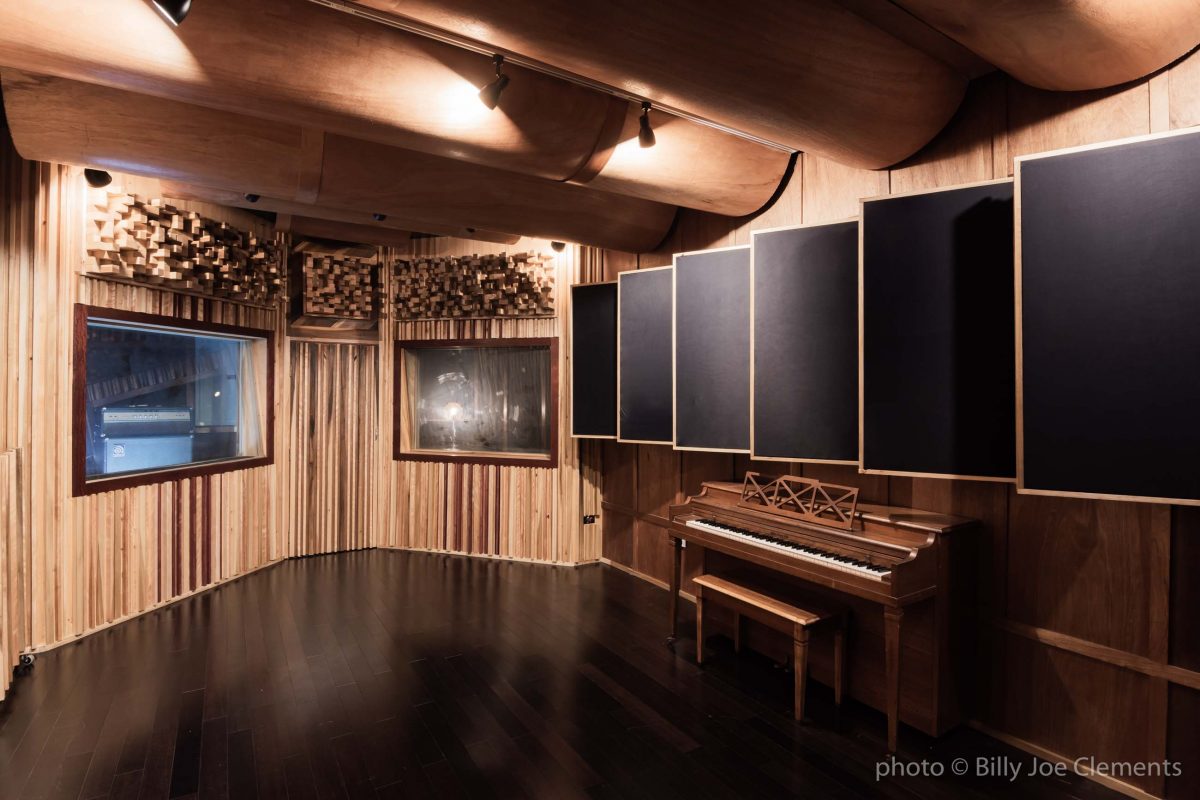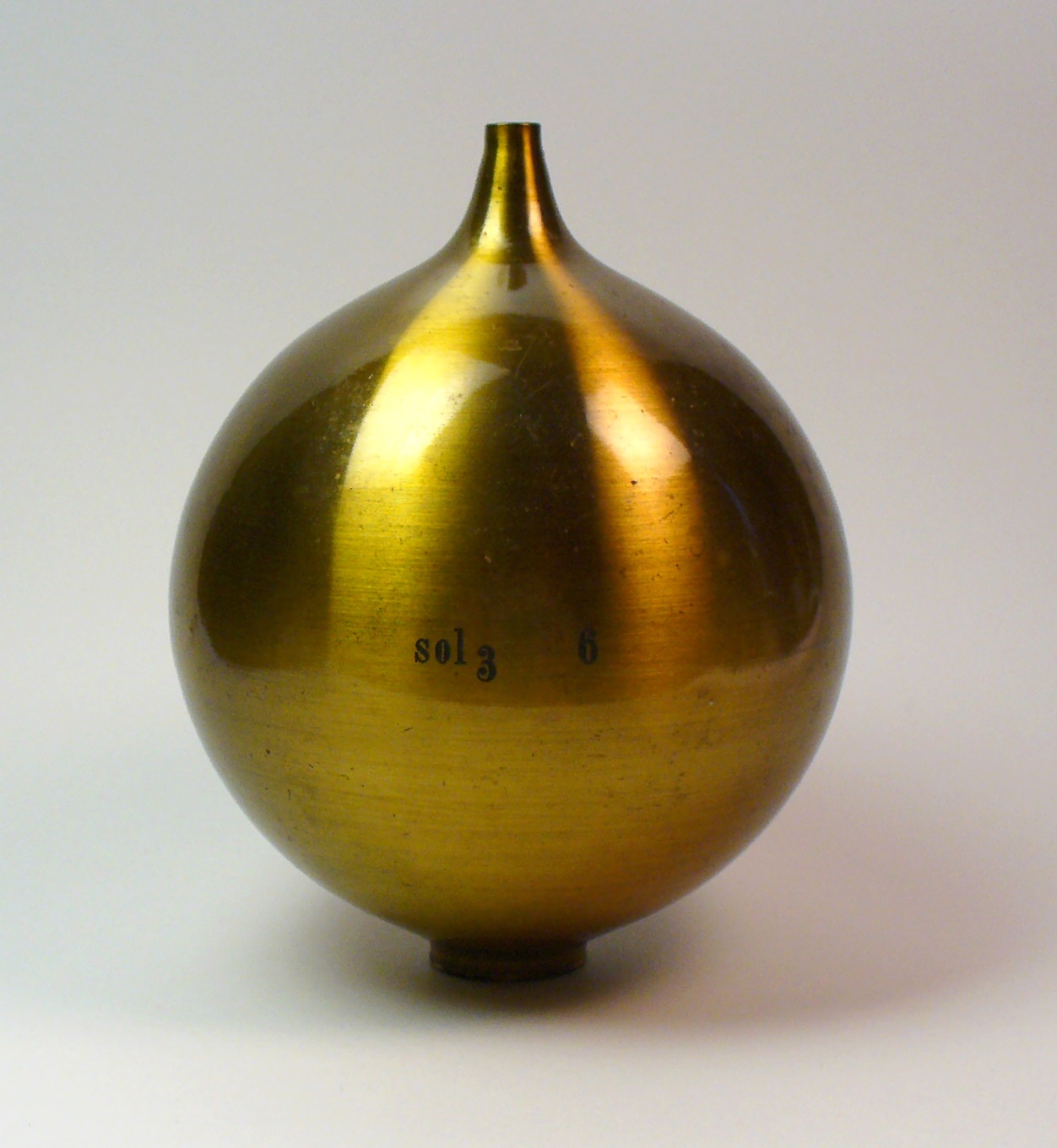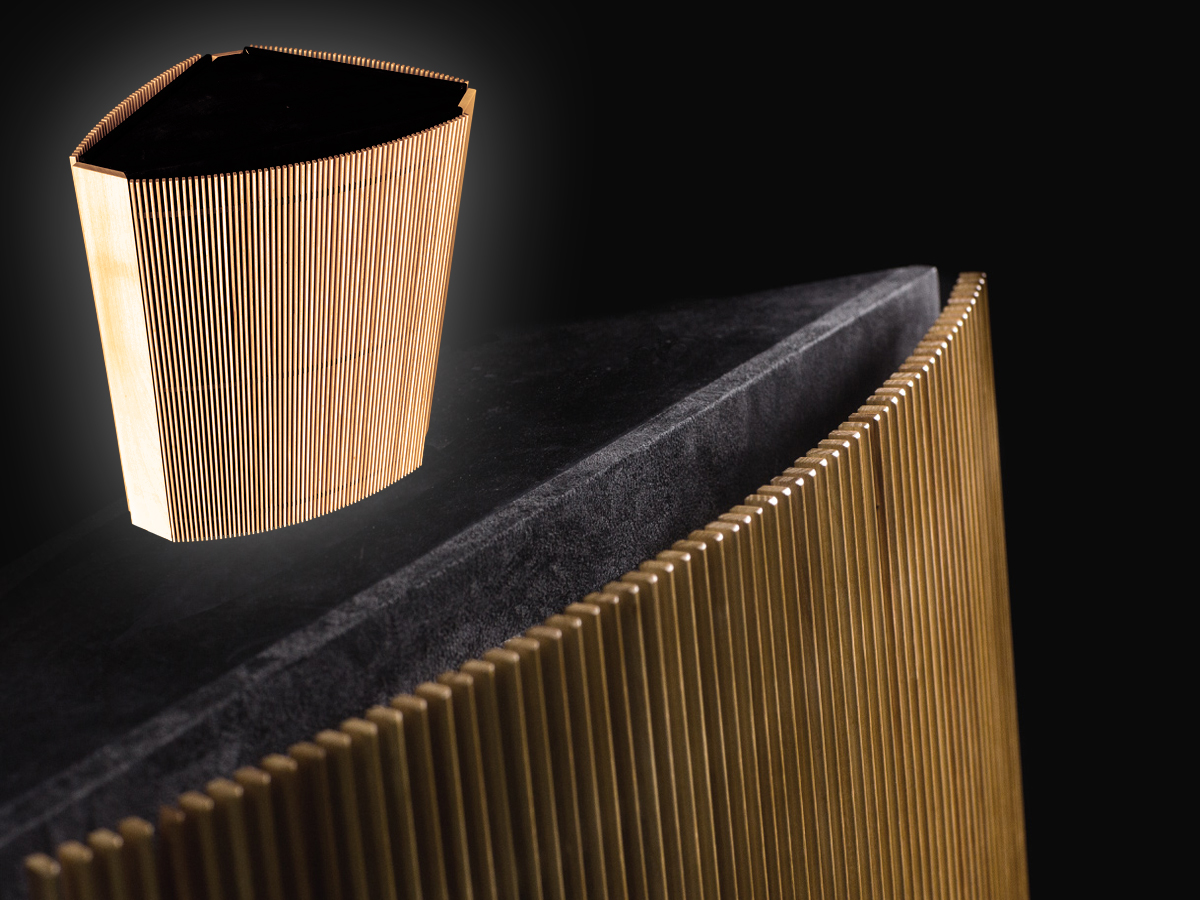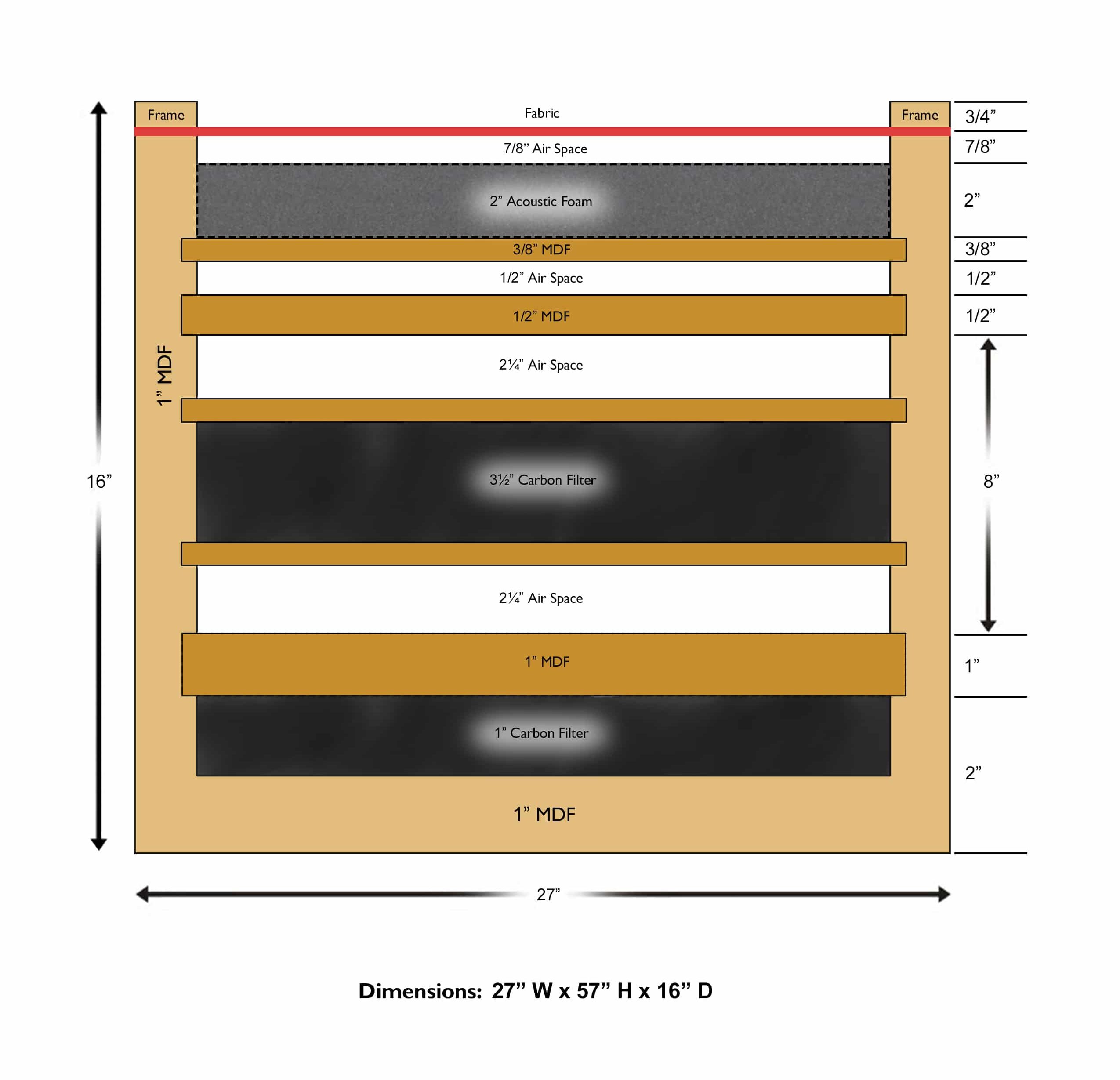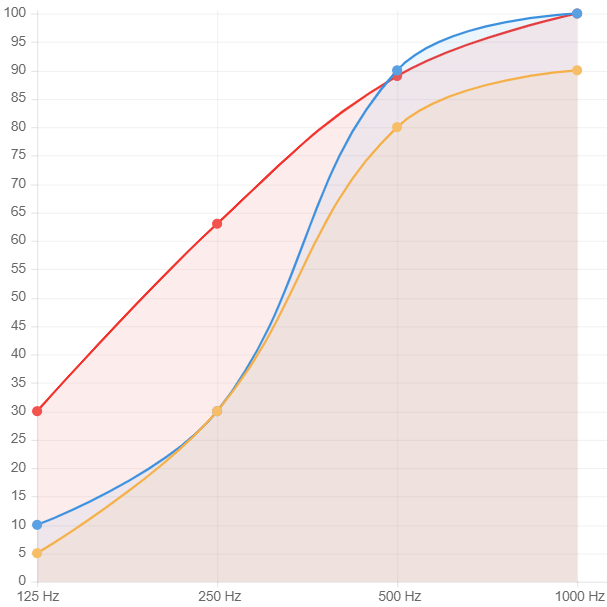We have two main types of acoustical treatments we can use in any small live room acoustic treatment. We have absorption and diffusion. There are hybrids using both absorption and “diffusion” in the same product. The treatment types used within the small live room acoustic treatment palette can use both hybrids and sole function units. We find it is better to stay away from the hybrids and use separate absorption and diffusion technologies that are not a compromise. Combining both absorption and diffusion into one product sacrifices performance in both the absorption and diffusion arenas to obtain convenience. Convenience is not a sound quality tool. Single-function units that have predictable and consistent rates and levels of absorption goes a long way as a good strategy towards small room live acoustic treatment goals.
Low – Frequency Management
Our first objective of any small live room acoustic treatment strategy. Must be low-frequency energy management. Excess low-frequency energy where the wavelength is not coordinating with the room width, height, or length produces modal pressure which is audible. You must select the TAP (type, amount, and position) of the treatment carefully and have a first strike tactic at the lower frequency ranges. The fundamental issues you will address in any small live room acoustic treatment strategy produce more harmonic problems if the fundamentals go untreated. You must select the proper type of treatment for your low-frequency issues. You have three to choose from. Let’s examine the pros and cons of each as they relate to any small room live acoustic treatment program. They are Helmholtz, Membrane, and Diaphragmatic.
Helmholtz
https://newt.phys.unsw.edu.au/jw/Helmholtz.html
Membrane
https://soundbridge.io/membrane-absorbers/
Diaphragmatic
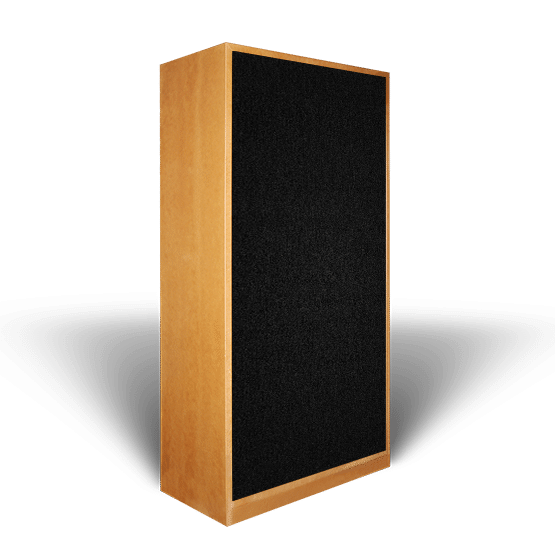
Diaphragmatic Best Performer
Helmholtz resonators are frequency specific and cover single or narrow frequency ranges. They are meant for fine-tuning individual frequencies. Membrane absorbers are broadband in frequency range but are not powerful enough to grab enough energy within that frequency band. Diaphragmatic is the most powerful of all three types. Diaphragmatic absorbers absorb more energy per square foot than any other type. They also can absorb across a much wider frequency range than Helmholtz and membrane. You can adjust the frequency response of a diaphragmatic absorber by increasing and decreasing the cabinet depth. You can increase the performance by using an internal cabinet fill material that will accelerate the rate of absorption. This is our world-famous carbon technology.
Diaphragmatic Absorption: https://www.acousticfields.com/product-category/sound-absorption/acda-series/
Middle and High Frequencies
In any small live room acoustic treatment process, you must first start with the low-frequency management within the room. After we have addressed the low-frequency issues we then need to address the middle and high frequencies. The middle and high frequencies contribute to reverberation times which is a measurement of the reflections from the wall surface areas. To manage these reflections in any small live room acoustic treatment program we use open-celled foam. It is the most cost-effective and most predictable and consistent performer for managing reverberation times. With the middle and high-frequency reverberation time management it is all about surface area coverage. You must cover enough surface area to lower the amplitude or strength of the reflections from that wall surface area. Every room size and volume is different. There is no one size fits all rooms.
Treatment Types
Open celled foam works best for reverberation time management. It is cost-effective and consistent. Since we must cover large surface areas with the proper rate and level of absorption, we need a lightweight cost-effective solution to any small live room acoustic treatment program. Our Studio Pro foam was developed specifically for music and voice. It is not designed for noise like most foams in the marketplace. Notice the smooth rate of absorption in the graph below with our foam being represented by the red line. When absorbing music and voice it is critical to have a smooth transition between all of the octave bands to ensure that you do not over absorb at some frequencies and under absorbing at others. It’s all about the rate of absorption and that rate must be smooth so you do not hear the absorption just the music and voice naturally.
About Us at Acoustic Fields: https://www.acousticfields.com/about/


